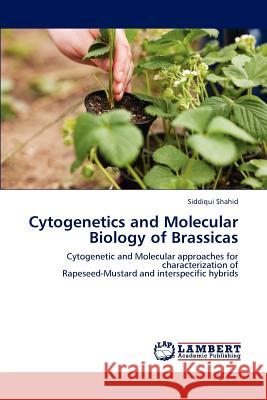Cytogenetics and Molecular Biology of Brassicas » książka
Cytogenetics and Molecular Biology of Brassicas
ISBN-13: 9783848447954 / Angielski / Miękka / 2012 / 80 str.
There are many wild relatives that have potential as sources for oil, condiments and other products Brassica is one of the major crop genuses that comprise different kinds of economically important food crops like oilseed, vegetables and condiments. It contained six economically important species with great genetic and morphological diversity which are distributed all over the world. The cytogenetics relationships amongst the Brassica crops were established in 1935 by the Korean scientist U. This author showed that the three diploid species, B. nigra (2n= 16, genome BB), B. oleracea (2n= 18, genome CC) and B. rapa (2n= 20, genome AA) gave origin, through interspecific hybridisation, to the three amphidiploid species, B. napus (2n= 38, genome AACC), B. juncea (2n= 36, genome AABB), and B. carinata (2n= 34, genome BBCC) (U, 1935). The evolution and relationship between members of the plant genus Brassica. (Anon., 1935) showed that there were three different ancestral genomes Brassica rapa or Brassica campestris AA - 2n=2x=20 (Turnip, Chinese cabbage), Brassica nigra BB - 2n=2x=16 (Black mustard) and Brassica oleracea CC - 2n=2x=18 (Cabbage, kale, broccoli, cauliflower).











